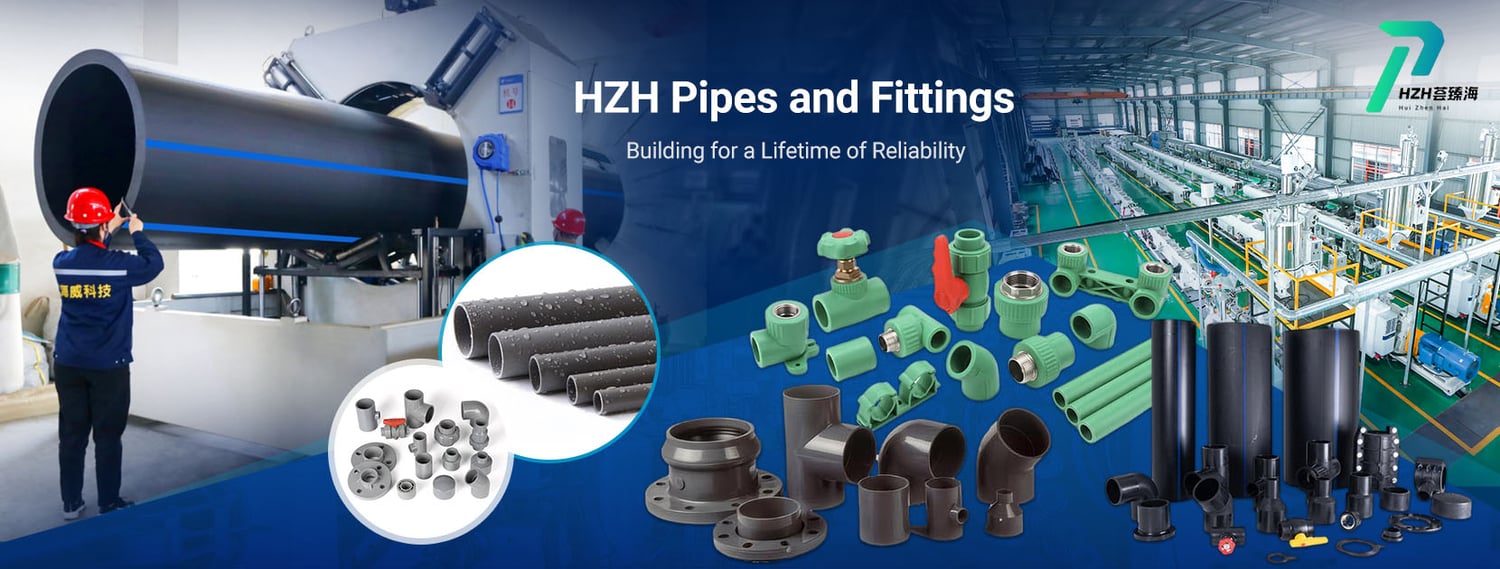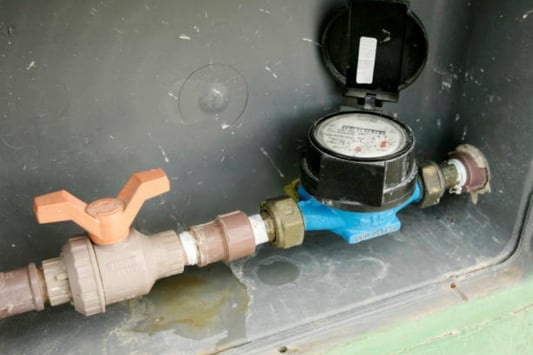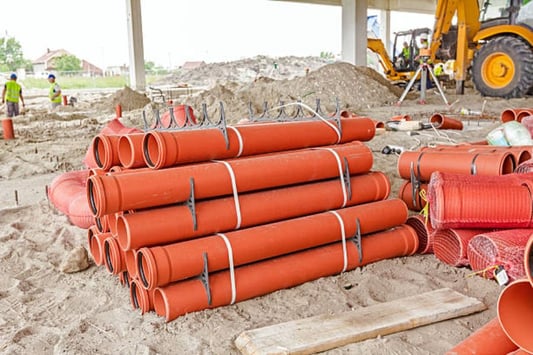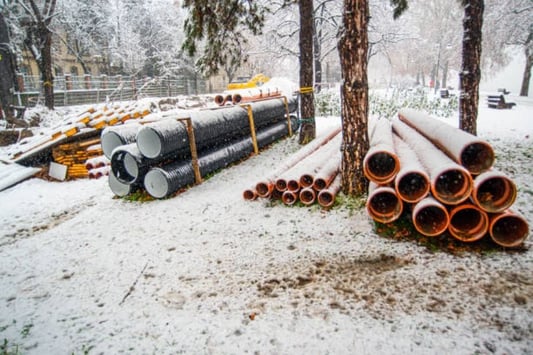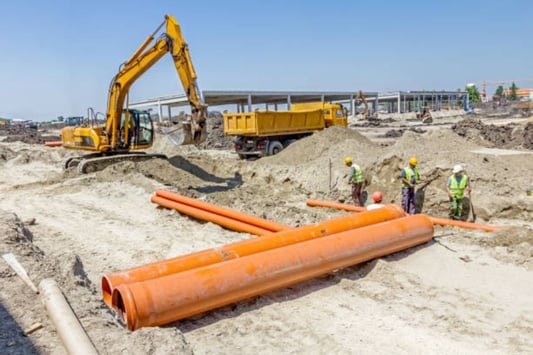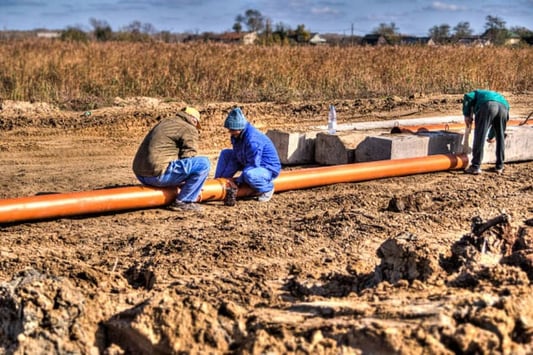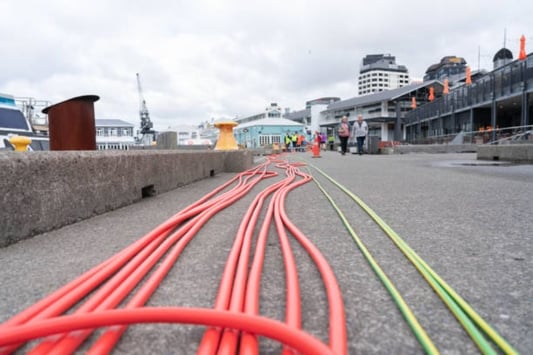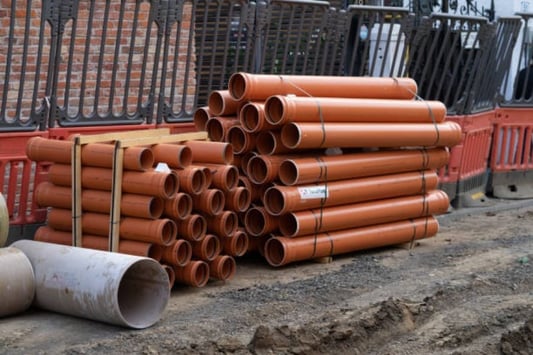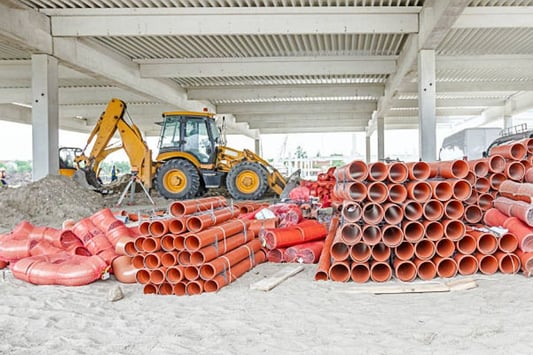IntroductionWhen it comes to selecting the right type of valve for your plumbing system, it is important to understand the differences between the various options available. In this article, we will compare a standard ball valve with a double union ball valve to help you make an informed decision.Ball ValveA ball valve is a quarter-turn valve that uses a hollow, perforated and pivoting ball to control flow through it. The ball valve is highly reliable and has a long service life. It is commonly used in a variety of applications, including piping systems, gas distribution, and water treatment plants.Double Union Ball ValveA double union ball valve is similar to a standard ball valve, but there are two important differences. Firstly, the valve has a detachable union joint, which makes it easier to remove or replace without having to cut the pipe. Secondly, the double union ball valve has two separate unions on either side of the valve, which allows it to be easily removed for repairs.MaterialsBoth ball valves and double union ball valves are available in a range of different materials, including PVC, brass and stainless steel. When choosing a valve, you should consider the specific requirements of your plumbing system, including pressure, temperature, and the type of fluid being transported.InstallationBoth ball valves and double union ball valves are relatively easy to install. The most important consideration is to ensure that the valve is installed in the correct orientation, with the ball aligned with the flow direction of the pipe.MaintenanceBoth ball valves and double union ball valves are low maintenance and require minimal ongoing maintenance. However, if a valve needs to be replaced, a double union ball valve is much easier to remove and replace than a standard ball valve.CostIn general, a double union ball valve is more expensive than a standard ball valve, due to the added features and the higher quality materials used. However, the added convenience and ease of maintenance may make the additional cost worthwhile for some applications.ApplicationsBoth ball valves and double union ball valves are suitable for a range of different applications. However, a double union ball valve is particularly useful in applications where the valve may need to be removed for maintenance or repairs, such as in swimming pools or irrigation systems.BenefitsThe main benefit of a double union ball valve is the ability to easily remove the valve for maintenance, repairs or replacement, without having to cut the pipe. This can save time and money in the long run, as well as reducing the risk of leaks or damage to the plumbing system.ConclusionIn summary, both ball valves and double union ball valves are reliable and effective options for controlling fluid flow in plumbing systems. However, the double union ball valve offers added convenience and ease of maintenance, which may be particularly useful in certain applications.ball valve, double union ball valve, materials, installation, maintenance, cost, applications, benefitsWhat is the difference between a ball valve and a double union ball valve??Learn about the differences between ball valves and double union ball valves, including materials, installation, maintenance, cost, applications, and benefits.Quote InquiryContact us!

